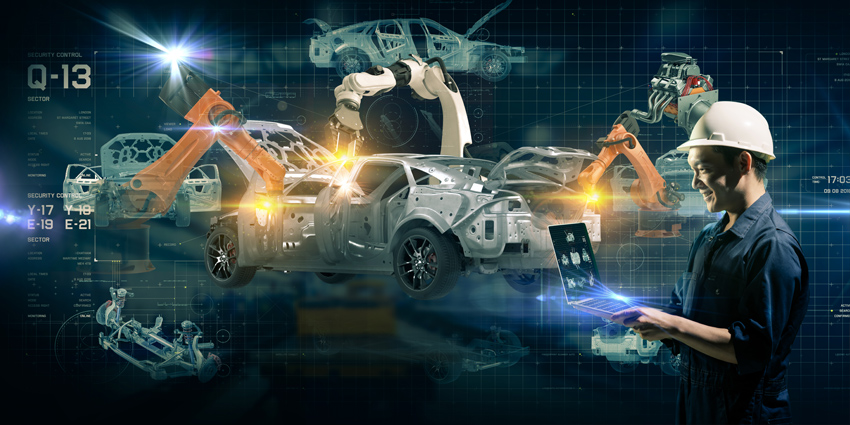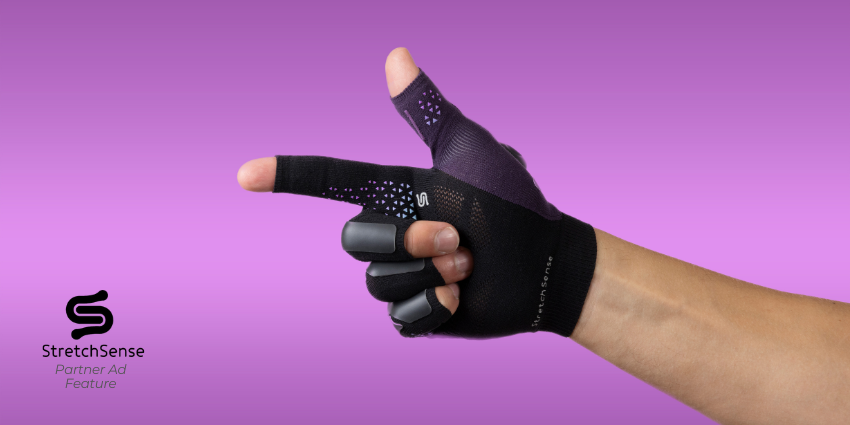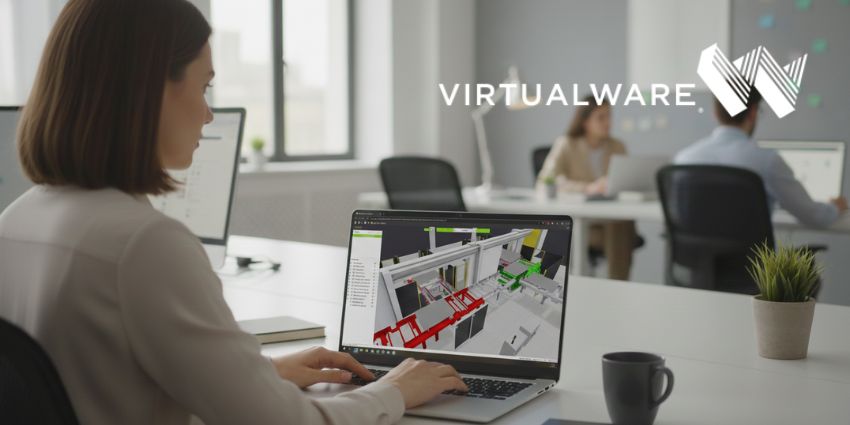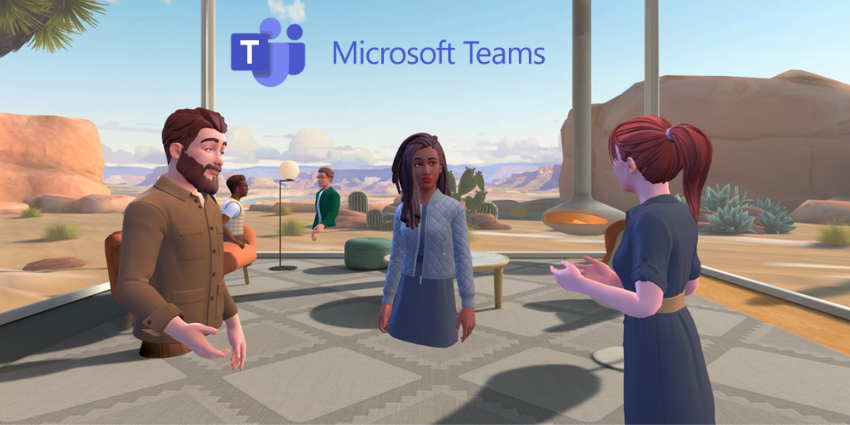Manufacturing, design, and construction all represent excellent opportunities for the new age of virtual reality. As extended reality continues to introduce us to new ways of training teams, boosting productivity, and unlocking opportunities, VR has a role to play in every landscape.
According to Fortune Business Insights, the global VR in manufacturing industry had a value of $924.7 million in 2018, and it’s expected to hit a new value of about $14,887 million by 2026. This means the CAGR for VR in manufacturing alone is almost 40%!
Though manufacturing companies have been experimenting with new technology for quite some time, the cost of VR headsets, the concept is quickly gaining attention. Following the pandemic, companies are now looking for digital tools to aid manufacturing more than ever. The rise of new demands, combined with increased accessibility for VR devices opens new doors for the future of VR in manufacturing.
The Potential of VR in Manufacturing
The role of VR in manufacturing is more evident today than ever. As manufacturing companies cut down on the number of employees, they could reasonably have on the floor during 2020, VR and XR became vital tools for keeping teams connected.
VR equipment also began to gain ground as a more affordable way for companies to experiment with new product design opportunities, without risking excess waste and resource use. VR is making its way to the top of the list for must-have technology in the age of Industry 4.0. Alongside concepts like the Internet of Things, and AI, VR could change the manufacturing space as we know it.
Here’s what we can expect from VR’s role in manufacturing.
1. Accelerated Product Design
Manufacturing and construction alike are both seeing benefits from the use of VR in product design. For years, companies in the manufacturing space have struggled to design new concepts and prototypes at speed, even with agile processes in place. Building a new product or making changes to an existing design is a time-consuming and often expensive process in the traditional manufacturing space. It involves the use (and waste) of many resources.
While 3D software and CAD helps to reduce some of the waste associated with manufacturing creativity, no tool has had as much of an impact on product development as VR. With virtual reality, manufacturing experts can work with specialists from around the globe on new versions of products, creating prototypes in different materials, shapes, and designs, without wasting any resources.
When a product prototype is complete in VR, there’s no need for stakeholders to travel across the globe to see it. VR headsets allow people to view a design, provide feedback, and even make changes much faster – improving time to market development speeds.
2. Improved Product Testing
Virtual Reality isn’t just an incredible tool for improving the way we build and design new products in the manufacturing world. VR environments can also prove to be valuable testing grounds for digital twins of new designs. With AI and digital twin technology, companies can expose new products to all kinds of situations and record potential responses. This reduces the risks involved with bringing a new product to market.
The Aerospace and defence company, Lockheed Martin is currently using virtual reality to build their F-35. This technology means that engineers can work faster and improve their accuracy by around 96%. At the same time, the company can test the performance of different designs in advance, ensuring the safety and resiliency of each creation.
The Ford Motor company follows similar strategies, using virtual reality to fine-tune various automobile designs and explore new opportunities for making vehicles more efficient. VR environments can simulate things like road conditions and weather from a driver’s perspective, to assist with the creation of a more effective product.
3. Enhanced Training and Worker Safety
Safety is a crucial consideration for any manufacturing company. The environment is often full of machines which can be extremely dangerous when not used correctly. The Ford company mentioned above found that it could reduce employee injuries by 70% just by using VR in training and development strategies.
In the manufacturing environment, companies can build comprehensive training programs to teach their employees how to use machines correctly, as well as how to work in the most efficient way around the plant. This reduces the risk to the employees on a massive scale while simultaneously ensuring that work is completely accurately and quickly.
VR also has the potential to improve worker safety in the post-pandemic era by allowing teams to collaborate and work together from different locations without having to share the same physical space. As companies continue to cut down on the number of people they bring together in the same environment, VR collaborative spaces could become crucial.
4. Factory Floor Planning
Virtual technology is even being used to improve the way factories are built to enable better productivity and efficiency. In mass-production manufacturing, factory planning is often crucial for productivity and efficiency. Engineering a new environment, or even making alterations to an existing plant can be a time-consuming and expensive process.
Virtual technologies can significantly simplify and shorten the process of building factories, as well as making it easier to pinpoint any potential problems with designs as quickly as possible. Even things like ergonomics can be refined and tested to ensure that everything in the plant runs as effectively as possible, boosting worker safety and improving business output.
The Future of VR in Manufacturing
VR has a huge range of benefits to bring to the manufacturing space. With virtual reality, employees can get the training the need to work more safely and efficiently in a manufacturing space. Teams can creatively experiment with new products and designs, and even demonstrate the functionality of various items to stakeholders and customers.
When the time comes to roll manufacturing innovations out to potential buyers and investors, VR can even help in providing safe demonstrations for how the technology works. The possibilities are endless.







